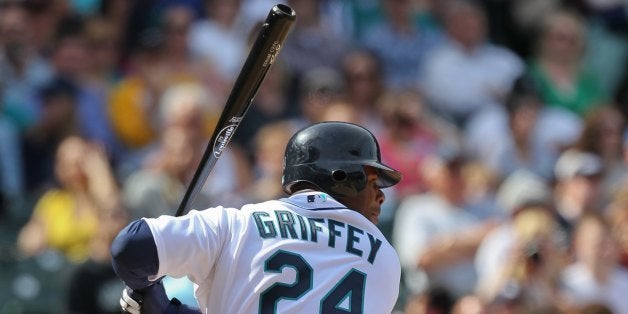
In 1998, the Seattle Mariners won 76 games and traded away their star hitter, Ken Griffey Jr. In 1999, they won 79 games and traded away their star pitcher, Randy Johnson. In 2000, they won 91 games and watched their remaining star, Alex Rodriguez, leave.
Having lost their three best players, the Mariners should have crashed in 2001. Instead, they had the best season in franchise history, and one of the greatest ever. They won 116 out of 162 games, tying the record set nearly a century earlier by the Chicago Cubs for the single highest winning percentage in the history of major league baseball. How did the Mariners get better after losing their best players?
It may not be a coincidence that in their record-tying 2001 season, the Mariners had the highest salary equality of any team in baseball.
Research shows that in baseball teams, the higher the equality of salaries, the more games a team wins. Between 1991 and 1997, the teams with the greatest pay equality won approximately nine games more per season than the teams with the most pay imbalance. Teams with high pay inequality score fewer runs and give up more runs.
Mariners slugger Jay Buhner was amazed that "There wasn't a main superstar on that team." Another heavy hitter, Bret Boone, reflected that baseball teams almost always form cliques, with small groups of guys hanging out together. But this team was different: "I wouldn't have minded going to dinner with any one of those 25 guys. That's how tightly knit that group was, and how special it was... I've never seen guys get along like that." Instead of competing to earn high salaries or griping about being underpaid, the players focused their energy on doing what was best for the team.
It's true in high-tech companies, too: the greater the pay inequality in a top management team, the lower the company's average market-to-book value and shareholder returns.
Equal pay makes teams better.
Or does it?
In basketball, the opposite is true: from 1997 to 2007, NBA team with more unequal salaries won more games. The teams with unbalanced salaries dominated because they had better coordination and cooperation: more assists and rebounds, higher shooting accuracy, and fewer turnovers.
Why is pay equality good in some settings but bad in others? Recently, a group of researchers figured it out using data on NHL hockey teams from 1998 to 2004. Teams with unequal pay won fewer games when pay differences were not connected to performance. But they won more games when differences in pay were based on players' contributions.
Equity matters more than equality. Differences in pay aren't a problem as long as they're fair. When players are paid less than teammates who aren't performing any better, jealousy, resentful, and discouragement often follow. When they're paid less than teammates who deliver more value, they understand.
This is the conclusion of hundreds of studies: the most important driver of pay satisfaction isn't the amount, but the fairness, and if pay is clearly linked to contributions, people work harder, smarter, and more productively. In baseball, for example, players perform worse when they're underpaid -- and better the year they're up for free agency, when their performance has consequences for their next contract.
In 2001, the Mariners weren't so cohesive and motivated because they all had similar pay. They bonded and excelled because players were paid fairly relative to their contributions.
Adam is a Wharton professor and the bestselling author of Give and Take: Why Helping Others Drives Our Success.